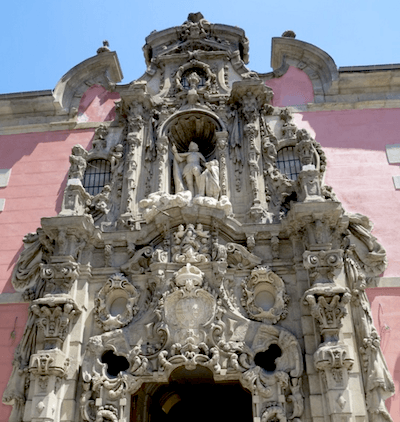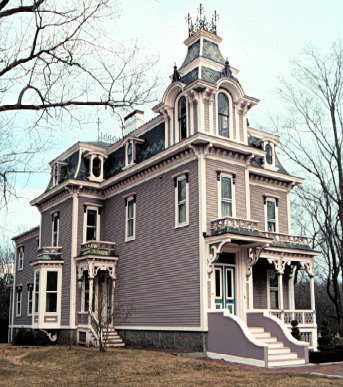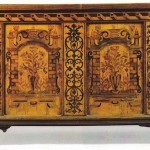Exteriors
Baroque architects thought of a building as a kind of giant sculpture, a single mass to be shaped according to their requirements. The idea of movement was also an important element, achieved by the use of curves and counter-curves, which became a dominant motif. When considering a miniature project in this era, remember, the Baroque dollhouse exterior is the first thing viewers might see. Facades utilized columns, pilasters, cornices, or pediments, all of which must appear as a cohesive whole, obeying the strict laws of symmetry.
Vaults, Arches and Buttresses
Churches and palaces of the period had vaulted ceilings, supported by a collection of arches. Since arches tend to exert outward pressure on their supporting walls, buttresses acted as a counter-thrust. To avoid being accused of utilizing a throwback to the “barbaric” Gothic period, Baroque architects concealed buttress in stone scrollwork and other ornamentation used in interiors to hide structural elements. What a blessing a miniaturist. Can you imagine devoting space to flying buttresses?
North vs. South
The Baroque rapidly developed into two separate forms. In the northern Protestant countries and France, which sought the spirit through the mind, architecture was more geometric, formal, and precise–an appeal to the intellect. In the Roman Catholic south, buildings were freer, designed with greater artistic license–an appeal to the spirit made through the senses.
Architectural Elements
- A dramatic central projection often characterized an external facade
- Curves replaced straight lines of the Renaissance, mainly on the horizontal plane
- Statues in alcoves and on the roofline
- Scrollwork and curlicue ornamentation
- Colonnades
- Tricks in perspective made buildings look larger.
- Multiple window-and-door designs, but always in symmetrical placement
If you have found this information valuable you might be interested in my article on Baroque Interiors.
Susan Downing, with Patrick Owens
_________________________________________________________________________
I invite you to visit my Etsy Shop, MiniDecor & More, where I offer dollhouse miniature accessories 1/12 scale.








